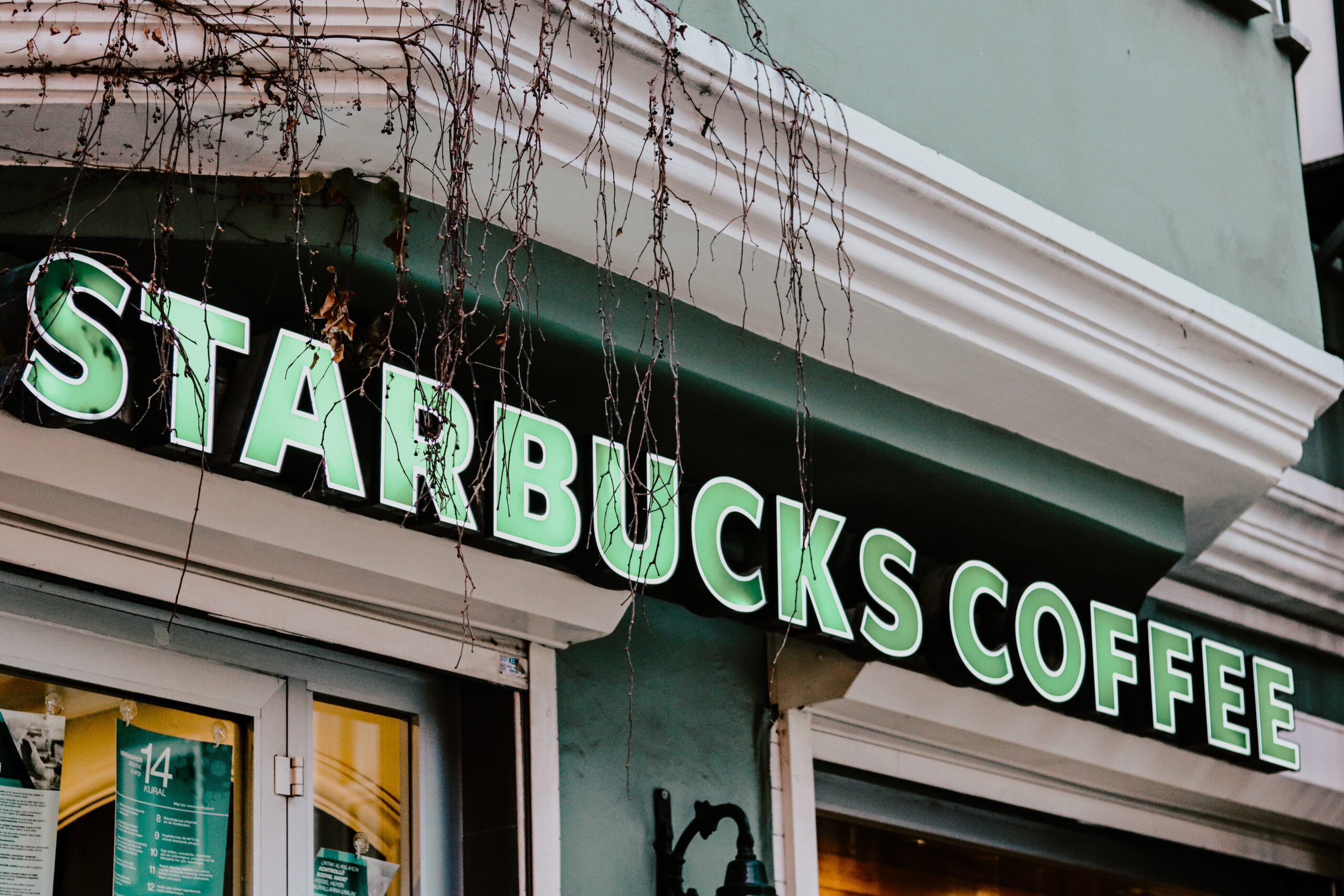Welcome to Starbucks, a “bank” that sells coffee. The luxury coffee maker held about USD 1.5 billion of preloaded funds in the 4th quarter of 2021. And if you think USD 1.5 billion is not a huge amount; more than 85% of banks in the USA have less than USD 1 billion in assets. Starbucks holds most deposits from their customers compared to most banks; while not being a bank! Closed digital wallets have been part and parcel of the company’s exponential growth. It is estimated that 44% of transactions are done using the Starbucks card.
As highlighted in our previous article, e-commerce platforms have increasingly been offering the e-wallet proposition. These e-wallets, also known as digital wallets, offer the customer a frictionless checkout experience. A customer first pre-loads their account prior to purchasing. Two-factor authentication is voluntary. Hence, there is a reduction in the usual complex checkout process of using your credit or debit card and other online payment methods such as PayPal. The customer is always one tap or one wave away from checking out. Closed wallets offer a unique advantage point for the provider. In addition, not only does the provider avoid charges from payment networks such as Visa but also the money is only legible to be spent within the ecosystem of the provider. As a result, the company receives a free loan from the customers and decides how to spend it. Customers cannot redeem the balance for cash. They utilize the funds only when they redeem for coffee from the shop.
Starbucks has made it possible for customers to purchase gift cards that have no expiration date. In addition, customers are able to debit their wallets in the Starbucks app. The company then “stores money” for the customer until a point in future when it will be redeemed. Given that about 10% of the total funds sitting in Starbucks’ wallets go unclaimed; this is a revenue stream worth exploiting. The unclaimed funds are referred to as breakage. According to Starbucks’ annual reports, it posted a breakage income of USD 125 million, USD 155.9 million and USD 104.6 million in financial years 2019, 2018, and 2017 respectively. Practically, this is free money for Starbucks!
The success of Starbucks’ digital wallet
The success of Starbucks is hinged on three main features: the ability to pay with points, targeted deals and offers and lastly integrated payments.
The company started its Starbucks Card Mobile app in 2010 to establish a loyalty program. This program was usable across over 9,000 US locations. As a result, Starbucks became America’s largest combined mobile payments and loyalty program. The uniqueness of the utilization of the loyalty program was the ability of Starbucks to create a third place that is between home and work. People are able to walk in, and enjoy a cup of coffee in the inviting ambience – the perfect go-to spot for every king of hangout. The small and yet frequent purchases are what make their digital wallet a winning proposition.
By paying with points, customers at Starbucks have been incentivized to earn more points and redeem them for products. Cash payments earn a customer just one point, while a purchase done using their digital wallet earns them twice the number of points. Compared to users of traditional credit cards, they are unable to redeem their points at the point of sale.
Direct-to-consumers (DTC) brands have the privilege to leverage the immense volume of data generated by their customers if they put up the necessary technological structures. This data is momentous in curating targeted deals and offers to customers. Customers are more likely to redeem a personalized offer compared to just a random offer. These offers and deals help the company slowly build a habit of consuming the product. Eventually, showing up to get the coffee is deeply ingrained into the customer’s identity.
Lastly, the ability of Starbucks’ closed wallet to automatically load 10+ USD increments from the customer’s credit card or debit card has been part of its success. The friction of having to manually load the wallet is nonexistent. To minimize cart abandon rates, these little measures add up. A customer orders their favourite drink while worrying less about the check-out process.
Customer experience unbeknownst to many companies has become more important than the product itself. Digital closed wallets have proven to be one of the important elements that are required to smoothen the experience. Companies that stand from benefiting mostly are those that offer small volume but frequent purchases. As seen with the success of Starbucks, targeted deals and paying with points are what will drive mass adoption and hence the success of a closed digital wallet.


